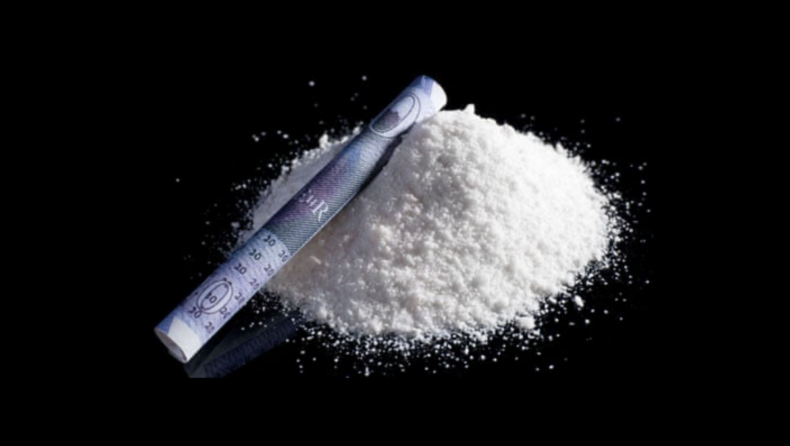It is a research piece on the increasing consumption of psychoactive substances like alcohol and drugs by youth in India.
In India, the problem of youth consumption of psychoactive substances is a major threat. Psychoactive substances are chemical substances that change a person’s mental state by affecting the work of the brain and nervous system. They can change a person’s mental state. They are also known as psychotropic substances. It includes alcohol and drugs mainly. Consumption of such substances by youth is one of the social problems of modern Indian society.
Psychoactive substance abuse is considered a social disaster. The World Health Organisation defines psychoactive substances that, when taken in or administered into one’s system, affect mental processes, such as perception, consciousness, cognition, mood, and emotions. It includes alcohol and nicotine. The Global Youth Tobacco Survey in 2006 showed that 3.8% of students smoked.
In An AIIMS study in February 2019, it is found that around 5 crore Indians reported having used cannabis and opioids at the time of the survey.
According to research, the adolescent group is the most impacted globally. It is more likely to get addicted to psychoactive substances because this age represents a big transformation in one’s life. When a person leaves the safe environment of home and family and joins the world, he experiences a transition in which he or she encounters the hard world for the first time. The next step of the switch is entering adolescence, intellectually, high school, and at this moment, physically, the body experiences specific hormonal changes that generate a rebel inside a person. At the same time, his academic and social circumstances expose him to new individuals and businesses.
This is the age of indecisiveness. Hence, each new thing pleases our interest and helps to stimulate our desire. There are several social and emotional challenges, security, and anxiety issues in the lives of youth that affect an individual at this stage of life, and the inability to deal with them leads a person to resort to drugs, alcohol, cigarettes, etc. to get relief from anxiety. So, at this age, most people get familiar with narcotics.
Reasons for an increasing rate of Physcoative Substances’ consumption
School and college students frequently begin using drugs as a result of peer pressure or academic and exam stress. The processes of industrialization, urbanisation, and migration have resulted in a weakening of traditional social control techniques, leaving an individual exposed to the pressures and strains of contemporary life.
One of its causes is financial pressure on young minds. especially unemployed youth who are highly educated and for their education all the money was invested, but as he or she is unemployed and unable to bring back that invested money as an earning. In this depression of failure, youth start consuming drugs. Sometimes it also happens that When an adolescent does not get adequate attention and love from family, friends, or someone close person he or she often feels neglected, and to cope with this, they start using drugs.
Psychoactive Substance: Threatens to youth’s health and life
This problem raises morbidity and mortality risks for individuals, leads to significant suffering, and damages personal, familial, social, educational, occupational, or other critical areas of functioning. Psychoactive substance use disorders have large societal costs due to lost productivity, premature death, higher healthcare expenditures, and costs linked to criminal justice, social welfare, and other social implications.
Psychoactive substance consumption not only leads to harm physically but also psychologically if taken to excess. At the present time, the use of alcohol and drugs poses the greatest threat to the health and well-being of many young people. There is no scientific acceptance of a safe limit on alcohol use, especially when it comes to adolescents and teenagers, who are the most vulnerable group.
The use of alcohol and drugs can turn into more than just a one-time thing and can lead to addiction and abuse. Alcohol and drug abuse can develop into dependence on them. It results in a loss of interest in work, a lack of interest in friends and family, restlessness, or an inability to regulate drinking, which are all signs of substance dependence.
Short-term symptoms of alcohol and drug consumption include nausea, vomiting, headaches, drowsiness, and poor judgment. Long-term consequences of consumption include blackouts, memory loss, liver damage, and thiamine deficiency. This form of abuse can have serious repercussions, such as changes in sensory perception, euphoria, relaxation, appetite changes, concentration, coordination, high blood pressure, cancer, and brain damage.
It also generates heightened alertness, greater energy, excitability, and an improvement in mood that can reach euphoria. According to reports generated by the World Health Organisation (WHO), it is estimated that about 0.5 million deaths annually are attributable to drug use, with about 350 000 male and 150 000 female deaths.
Alcohol and drug misuse might be seen as a direct result of violence. The violence that may be witnessed among young people is a major concern in our culture, and it can be difficult to expose at times. The influence of drug and alcohol misuse on young people can be bidirectional, with them acting as both perpetrators and victims of violence.
As per the National Crime Records Bureau’s (NCRB)’s suicide data, in the year 2019, 7719 out of the total 7860 suicide victims were victims of drug abuse or alcohol addiction.
Threaten to nation’s security
It is also threatening the nation’s security as increasing drug consumption and its demand for supply are leading to drug smuggling and trafficking across the border.












